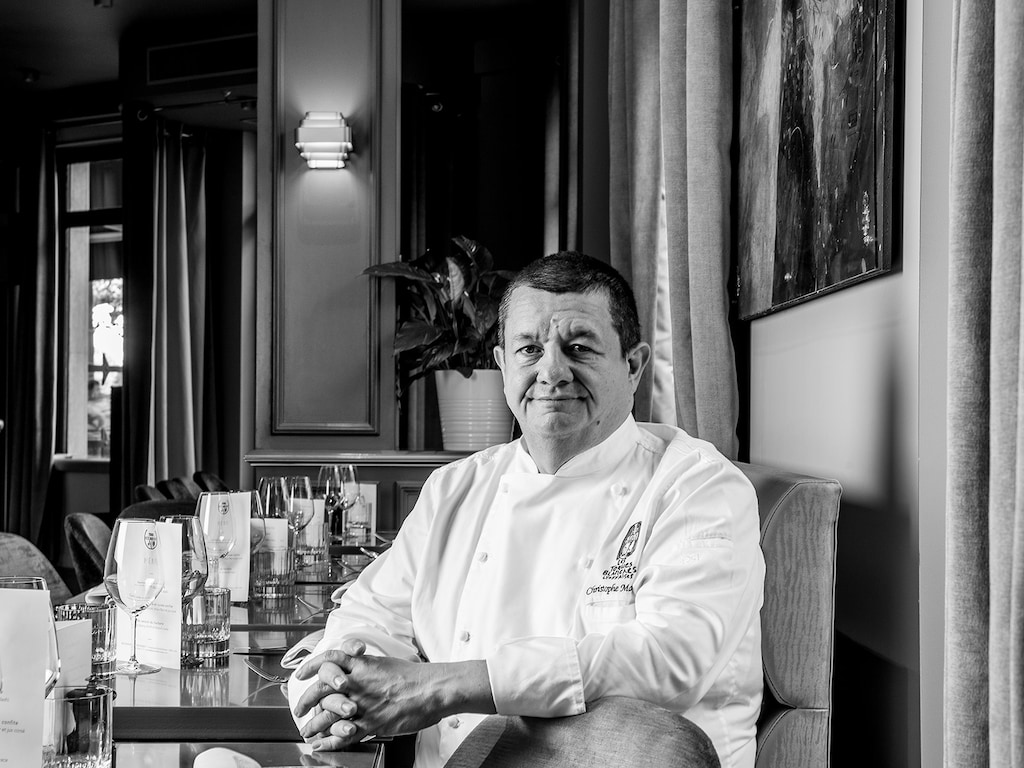23 December 2022
6 minutes read
After starting out by working with steel, making steel bands for sewing, saw blades and springs for the watchmaking industry, it was in 1840 that the Peugeot brothers designed their first coffee grinder, simply called the "Ordinary Model". This marked the beginning of the production of the famous Peugeot mills, which were used to grind coffee beans, peppers, spices, salt flower and even sugar for several generations to this day.
At the same time as the great adventure of the automobile and cycling, Peugeot never ceased to develop, innovate and perfect its pepper mills, which are still manufactured in the historic family factory in the Doubs, France. Everything is done on site: the design, the technical development and of course the manufacturing. The wood is turned, varnished or painted; the mechanisms are stamped and meticulously assembled with a goldsmith's skill. The mills are exported from their native France-Comté to more than 80 countries around the world.

The iconic Paris mill appeared in 1987 and is Peugeot's best-seller. At the time, only available in natural or lacquered wood, the Paris mill is now available in a multitude of colours, materials and sizes: the largest measures 110 cm!
A little anecdote worth its weight in pepper:
In the 1930s, Jean Pierre Peugeot visited American car factories. During a large banquet, he was told that everything in the room he was in was American.
"Almost everything," replied the French boss, grabbing the pepper mill on the table, "except for this, which is French," and turning it around to add, "and Peugeot too!
The iconic Paris mill appeared in 1987 and is Peugeot's best-seller. At the time, only available in natural or lacquered wood, the Paris mill is now available in a multitude of colours, materials and sizes: the largest measures 110 cm!
A little anecdote worth its weight in pepper:
In the 1930s, Jean Pierre Peugeot visited American car factories. During a large banquet, he was told that everything in the room he was in was American.
"Almost everything," replied the French boss, grabbing the pepper mill on the table, "except for this, which is French," and turning it around to add, "and Peugeot too!


Tell us a little about yourself...
I am Christophe Marguin and I am the president of the chef's association Les Toques Blanches Lyonnaises. I am the 4th generation of chefs in my family. We have been restaurant owners since 1906 – so I was born into this profession. I did a classic training course with a degree and for about ten years I worked for other chefs, before taking over the family business which was in a small village in the Ain (middle east of France) called Les Échets. Today, we are in Lyon, and our restaurant, bought 5 years ago, is called Le Président.

Pepper is an ingredient that I discovered when I was learning to cook. Although I was born into the profession, it was during my training that I truly learned.
A pepper is totally different depending on its origins. I have a crazy memory about this: one day, I went to China, to different regions and I went to Szechuan. I've never tasted peppers as fine as they are there. This quality is not available to us, even today. This discovery was extraordinary and changed my view of pepper. So, from the moment we buy it, we take a lot of care: we taste it, we smell it, we also crunch it to try to feel the flavours, depending on the dish we want to make.
It's funny that we're talking about this today because last week, with my chef, I mentioned the idea of reviving a great classic of French cuisine: the pepper steak. Indeed, it is a dish that has disappeared from the menus today, even though it is a classic and people like it. So, we have to make it again.

The first thing is to adjust the grinder with the knob above the mill: the tighter the knob, the finer the grind, and vice versa. To do this, you need to know how you like your pepper. Some people like it fine, others coarser. Indeed, our palate reacts according to the way the pepper is ground: if it is fine or if it is coarse, the taste will be different. As cooks, when we take a pepper mill, even if it is the one we use regularly, we always give a quarter turn of the mill in our hand to see how the pepper comes out. Because if someone else has used it in the meantime, it may not be to our taste.
The second thing you have to pay attention to is the origin of the pepper. You should not hesitate to invest in pepper. If it's expensive, it doesn't matter how much you use each time. We, the restaurant owners, adopt the same philosophy with coffee. We buy coffee beans. Low quality coffee costs 15 euros, good quality coffee costs 30 euros. We only put 7 grams in a dose of coffee, so we prefer to buy good quality coffee, because the price difference is minimal. It's the same for pepper: for one or two turns of the grinder per person, you have to buy good pepper... and a good pepper pot!
For us cooks, the main use of pepper is really seasoning. We don't mix much with pepper.




